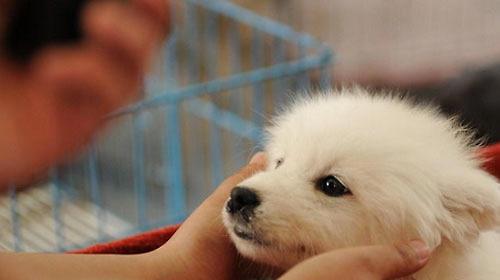
The frequent occurrence of pet consignment safety accidents makes us worry
Pet transportation has now become an important task for airport airlines. However, many accidents continue to occur in the process of pet consignment. For example, pets are killed or injured in the process of consignment, or some owners find that pets have diseases after consignment. This is undoubtedly the consignment.
In March of this year, Mr. Hu and his friends returned to Changsha from Guiyang by plane, and checked in two pet dogs. When the plane arrived in Changsha, one of the butterfly dogs ran out of the cargo hold and rushed onto the apron of the plane.
Mr. Hu was very sad to learn that his dog was shot dead. He said that when he took the plane, he checked in the dog according to regular procedures.
In fact, there are many similar incidents.In July 2005, at Chengdu Shuangliu Airport, a pet dog that was checked in ran out of the cage and ran to the gliding track of the airport. The airport staff chased him to no avail and shot him to death
The owner often chooses the way of consigning pets for the inconvenience of the festival, so if the pet has an accident during the consignment process, the owner must be very sad, so how can we reduce the probability of the accident in the consignment?
First, the pet box should be strong and fastened
Airlines have regulations on the boxes for placing pets, and generally require the use of special air boxes for transporting pets.
Although many passengers use the air box when checking pets, there are still incidents of pets running out of the air box, mostly because the air box is not tightly secured before the check-in, and the cage door is not tightly locked.
First, a dedicated flight case should be used.
Secondly, the air box vents should be made of metal and firmly installed on the flight box.
In addition, it is best to use a strong rope to tie the box door around the pillar before consignment.
Secondly, you can use tape to tie a plastic product on the top of the air box to prevent the carrier from pressing other items on the box and causing damage to the pet.
Finally, make sure the bottom of the airbox is stable enough to hold onto a flat surface without sliding.
Second, prepare enough water and food
In addition to ensuring that the air box is well ventilated, adequate water and food for pets can also eliminate their anxiety and reduce the probability of accidents.
Of course, if you feed your pet before the flight, be sure to feed it in moderation to reduce the burden on your stomach when traveling at high altitudes.
For short-distance travel, it is enough for pets to drink enough water before transportation; but if the transportation time is long, especially in hot weather, pets are prone to water shortage problems, so long-distance transportation must be well prepared.
In addition, industry insiders said that although pets fight with their owners every day, they also have small emotions and sometimes unhappy times.
Third, to ensure the health of pets
The potential disease of pets is one of the main causes of casualties during transportation.
If your pet is pregnant, or has just given birth for more than 48 hours, or is breastfeeding, the general airline does not accept it as a check-in; it is best not to check in elderly pets to avoid accidents
Some pets suffer from motion sickness just like people do.
Although the staff will hang a sign on the air box when checking in, but in order to prevent the pet from being lost during transportation, the owner is better to put his name, contact information,
